The Mandrill is a species of primate in the Cercopithecidae family. Researchers also classify their close cousin, the drill, in the Mandrillus genus. Though the two species looks similar to baboons, researchers believe that their closest relative is the mangabey. Read on to learn about the Mandrill.
Description of the Mandrill
At first glance, you might think that the Mandrill is a species of baboon. Like baboons, they have broad chests and long muzzles with sharp canine teeth. Males also sport colorful skin on their muzzles. Their noses are bright red, and the skin on either side of their nose has deep ridges and is blue in color.
Like many larger primates, males greatly outweigh females and usually weigh twice as much as the females do. Males measure about 3 ft. long, and weigh about 70 lbs. on average. Females measure about 2 ft. long, and weigh about 30 lbs. on average.
Interesting Facts About the Mandrill
This species has many different traits and adaptations which help it survive. Learn more about what makes them unique below.
- Heavyweight – Though it is not the largest ape in the world, this species is the largest monkey. They surpass both the Cape baboon and the olive baboon in average weight.
- Arch Nemesis – Outside of humans, leopards are the most dangerous predator for adult Mandrill The big cats hunt these creatures via ambush by quietly stalking up to a frequently visited location and then attacking when the monkeys arrive.
- Manmade Peril – Leopards are scary predators, but humans are much more detrimental. Habitat destruction causes population decline, and hunting stretches their populations even thinner. Because these primates are quite vocal, it is easy for hunters to find them.
- Not Sleepy – When humans yawn, it is usually because they feel sleepy or bored. However, if a Mandrill yawns at you, you should beware. These creatures yawn to show off their long canine teeth when they feel frustrated or threatened.
Habitat of the Mandrill
These primates prefer living in tropical rainforests, though they also occupy mountainous forests and other densely wooded areas. Despite this, you often see these creatures foraging on the ground for food. They might utilize the ground while foraging, but they seek the safety of the treetops when they face danger or to hide overnight.
Distribution of the Mandrill
You can find this species in a small region of western Africa. Their range extends from Cameroon through Equatorial Guinea, into Gabon and parts of the Congo. Though they are somewhat rare in their natural range, these creatures are relatively common in zoos.
Diet of the Mandrill
Mandrills are omnivorous, which means that they feed on both plants and animals. However, the vast majority of their diet usually consists of fruits and berries. Some of the other plant parts that they feed on include flowers, leaves, stems, bark, and vines.
Most of the carnivorous portion of their diet consists of invertebrates like termites, spiders, ants, snails, crickets, grasshoppers, and even scorpions. However, they do feed on larger creatures like rodents, frogs, birds, and even young antelope.
Mandrill and Human Interaction
Human interaction is currently threatening the remaining wild populations of Mandrills. These primates face habitat destruction, but hunting is their primary threat. People kill these primates for their meat, and populations in close proximity to human dwellings are at a greater risk.
Because of human activity, the IUCN lists this species as Vulnerable.
Domestication
Humans have not domesticated any species of primate.
Does the Mandrill Make a Good Pet
No, this mammal does not make a good pet. They grow quite large, are incredibly strong, and can use their sharp teeth to seriously injure a person if threatened. In most places it is illegal to own a Mandrill as a pet.
Mandrill Care
You can find these creatures in zoos across the world. Zookeepers provide these primates with large enclosures that contain a variety of trees, shrubbery, and ropes or branches to climb. They also provide the primates with a variety of enrichment, like toys, puzzle feeders, hidden food, new scents, and more.
Zookeepers formulate diets based on each individual animal’s weight and needs with the direction of their veterinarian. Their diets include commercially produced high-fiber biscuits, fruits, vegetables, and a variety of treats.
Behavior of the Mandrill
This species is quite social and lives in groups. Some groups contain just a few family members, while larger groups contain up to 50 individuals. Individuals in a group socialize and play with one another. Grooming is a common social activity that helps the members bond with one another.
They spend their days on the ground foraging and interacting with group members. The dominant male controls a number of females, known as a harem. He defends them and their young, and in return has exclusive breeding rights.
Reproduction of the Mandrill
Females begin breeding when they are between four and eight years old. The gestation period lasts about six months. They give birth to a single offspring, known as an infant. Mothers carry and nurse their young, but the rest of the group (usually relatives) also watches and plays with the infant.

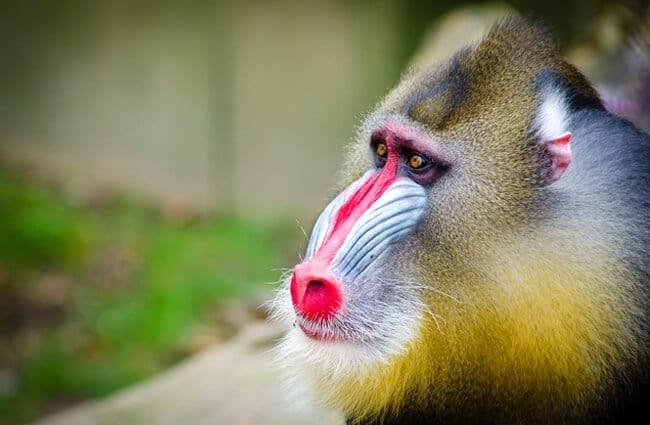


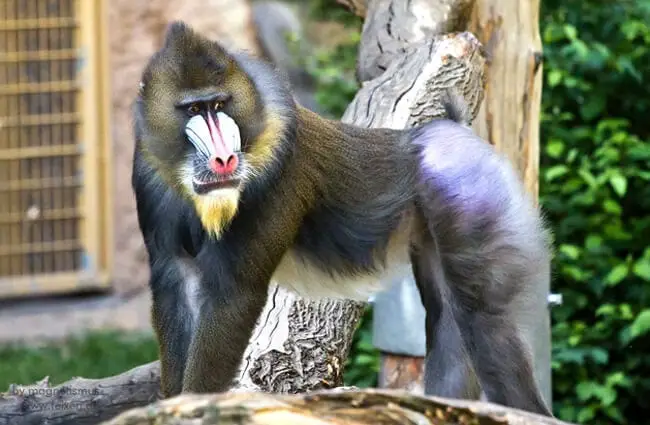
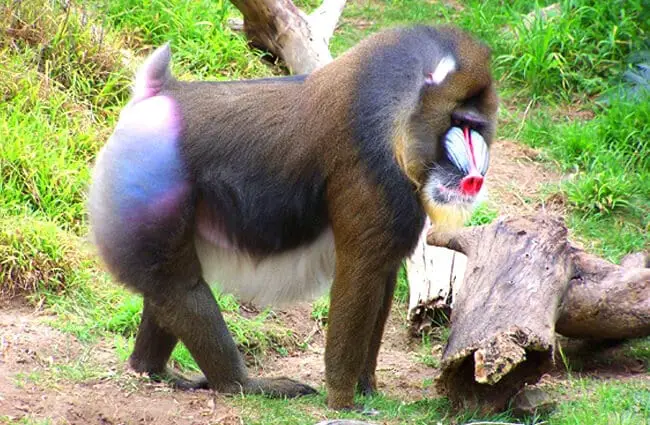
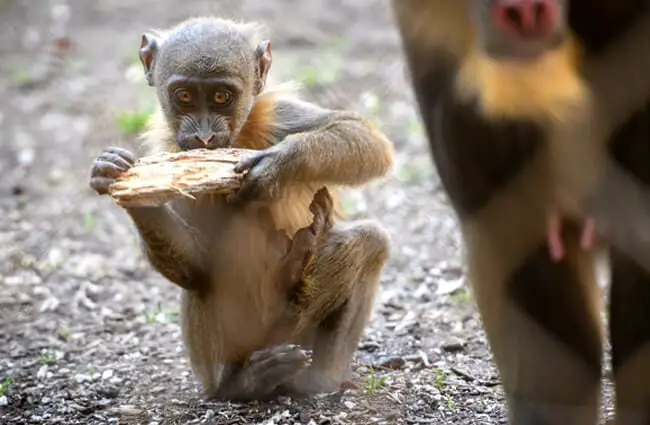



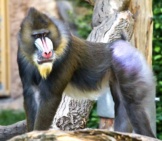

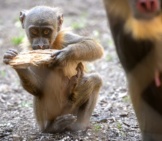
![Red Angus Closeup of a beautiful Red Angus cowPhoto by: U.S. Department of Agriculture [pubic domain]https://creativecommons.org/licenses/by/2.0/](https://animals.net/wp-content/uploads/2020/03/Red-Angus-4-238x178.jpg)












![Red Angus Closeup of a beautiful Red Angus cowPhoto by: U.S. Department of Agriculture [pubic domain]https://creativecommons.org/licenses/by/2.0/](https://animals.net/wp-content/uploads/2020/03/Red-Angus-4-100x75.jpg)

